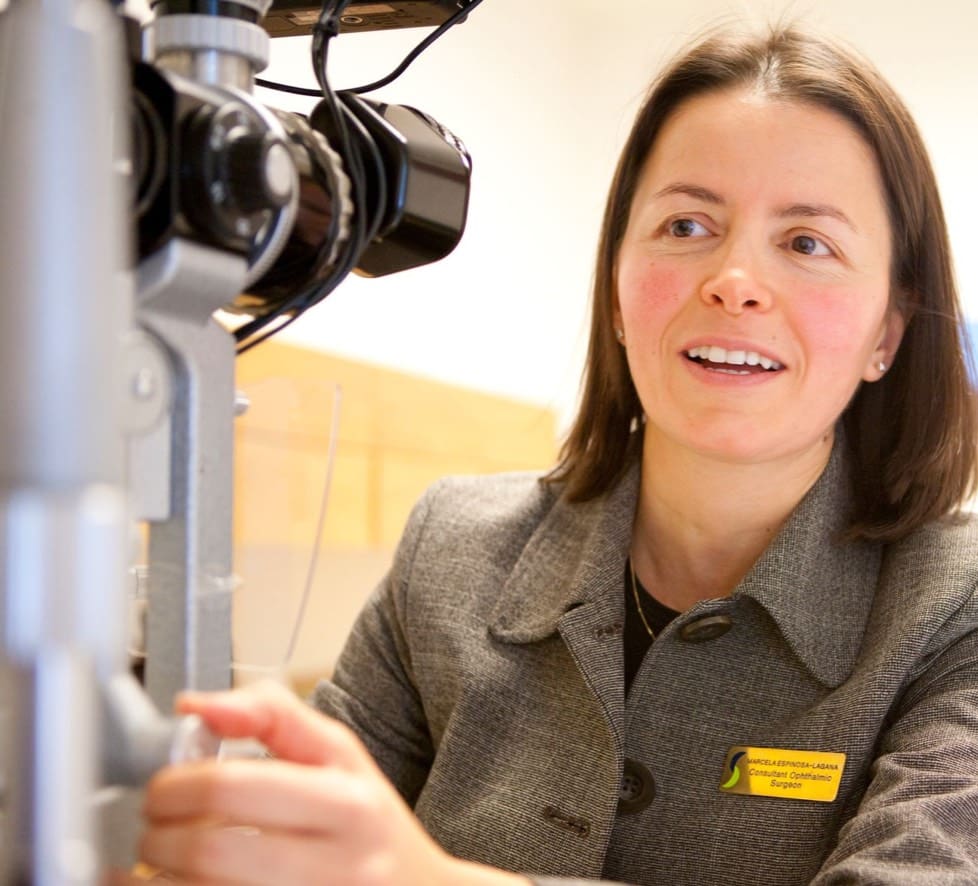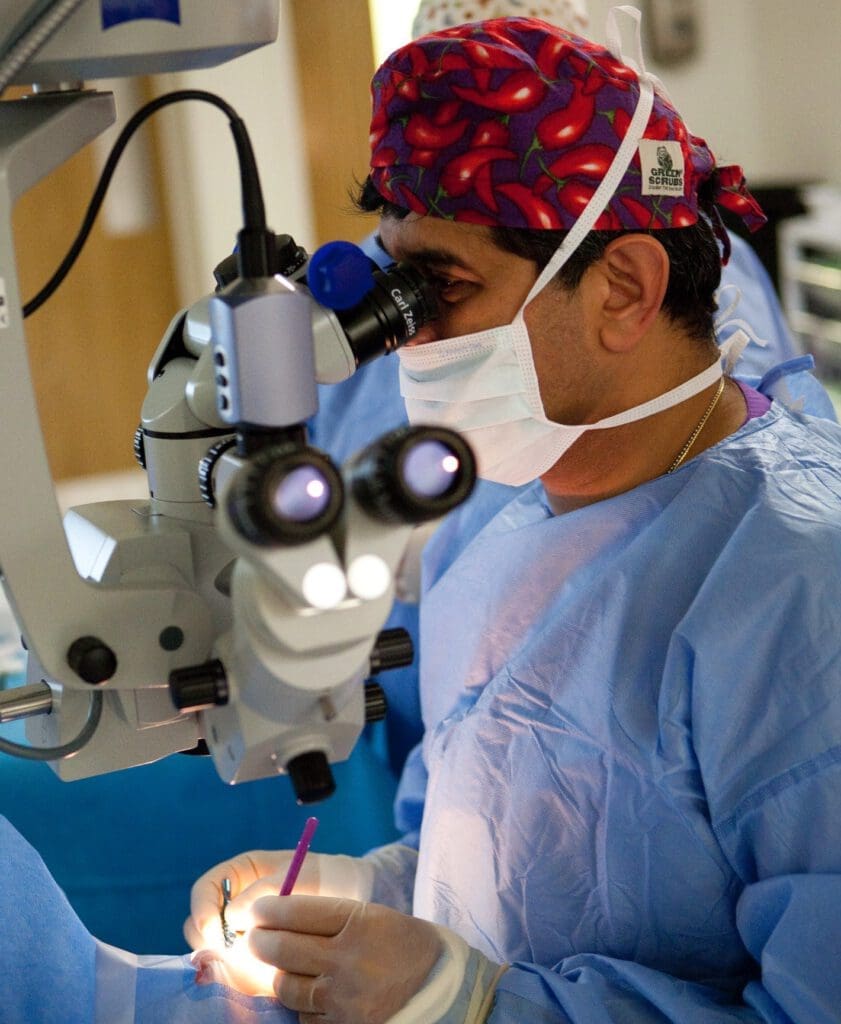Fuchs Endothelial Dystrophy
At Centre for Sight our area of special expertise is the Cornea. Fuchs Endothelial Dystophy is a condition where the cells on the back of the cornea drop out. These endothelial cells are important for keeping the cornea clear and as a result of loss, the cornea fills with fluid which in turns affects corneal transparency. A Descemet’s Stripping Automated Endothelial Keratoplasty is a small incision procedure that results in rapid visual rehabilitation.


What is Fuchs Endothelial Dystrophy?
Fuchs’ dystrophy, also known as Fuchs’ endothelial dystrophy, is a relatively common condition which is inherited.
Fuchs’ dystrophy is a slowly progressing corneal disease that usually affects both eyes and is slightly more common in women than in men. Although doctors can often see early signs of Fuchs’ dystrophy in people in their 30s and 40s, the disease rarely affects vision until people reach their 50s and 60s.
